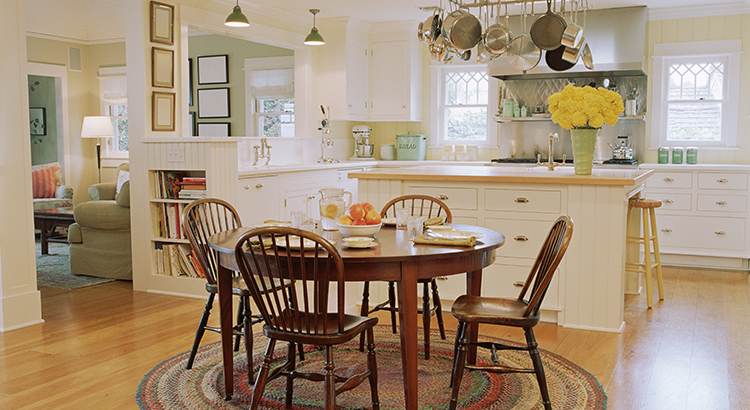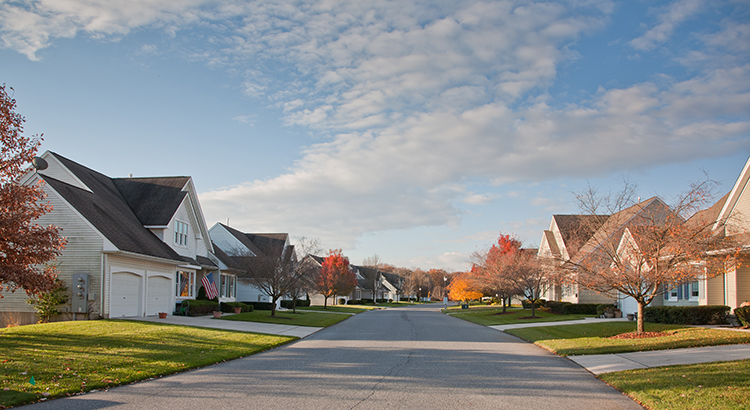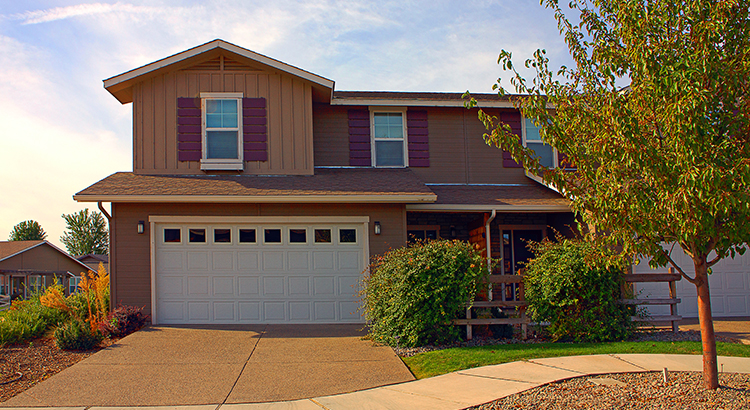
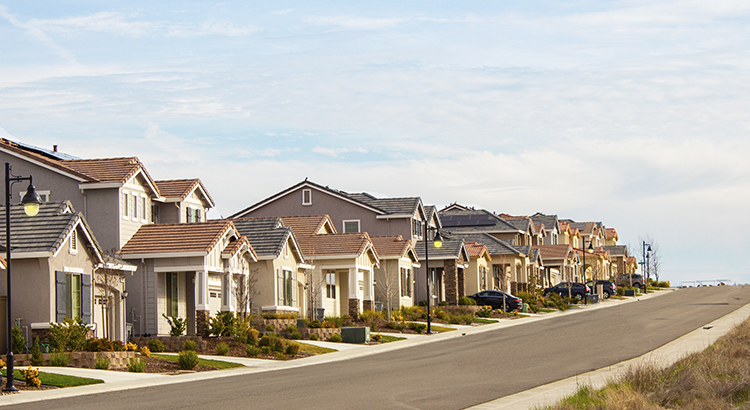
What Every Seller Should Know About Home Prices
If you’re trying to decide whether or not to sell your house, recent headlines about home prices may be top of mind. And if those stories have you wondering what that means for your home’s value, here’s what you really need to know. What’s Really Happening with Home Prices? It’s possible you’v
Read More
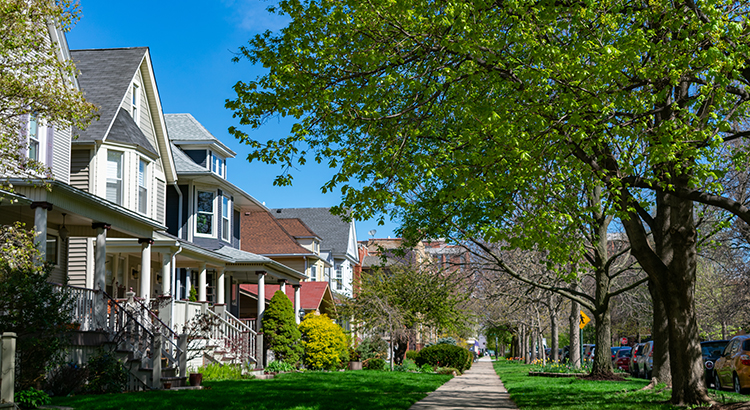
3 Graphs Showing Why Today's Housing Market Isn't Like 2008
With all the headlines and talk in the media about the shift in the housing market, you might be thinking this is a housing bubble. It’s only natural for those thoughts to creep in that make you think it could be a repeat of what took place in 2008. But the good news is, there’s concrete data
Read More

What's Actually Happening with Home Prices Today?
One of the biggest questions people are asking right now is: what’s happening with home prices? There are headlines about ongoing price appreciation, but at the same time, some sellers are reducing the price of their homes. That can feel confusing and makes it more difficult to get a clear pic
Read More

Want To Buy a Home? Now May Be the Time.
There are more homes for sale today than at any time last year. So, if you tried to buy a home last year and were outbid or out priced, now may be your opportunity. The number of homes for sale in the U.S. has been growing over the past four months as rising mortgage rates help slow the frenzy
Read More
Categories
Recent Posts



